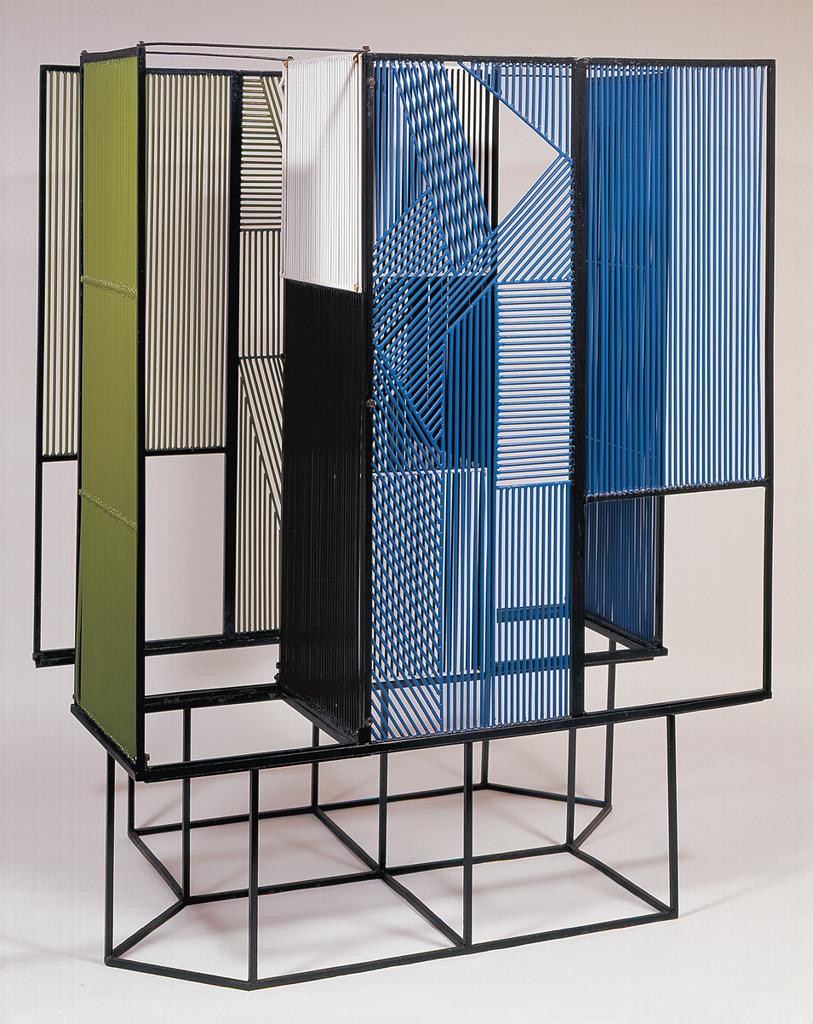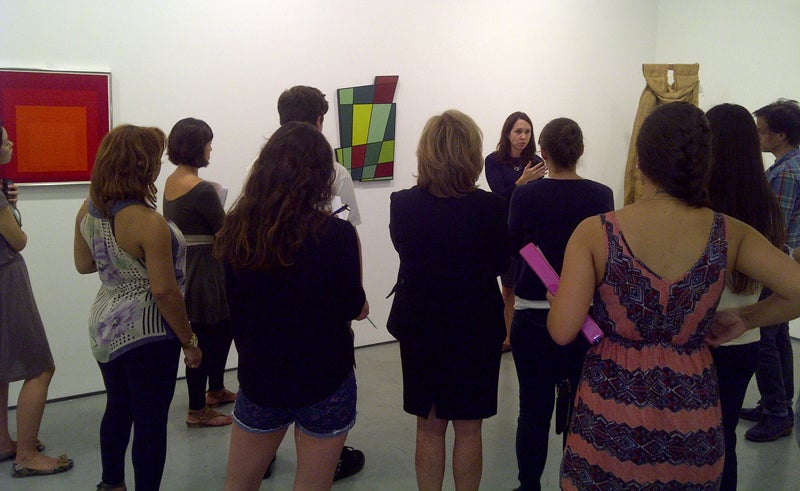
Since Artstor began its collaboration with the Colección Patricia Phelps de Cisneros (CPPC) in 2009, hundreds of images of Latin American art have been made available through the Digital Library, including most recently nearly 140 images of Spanish Colonial art and utilitarian objects. In celebration of Hispanic Heritage Month (September 15 – October 15), we reached out to CPPC to learn about some of their recent events and initiatives.
The Fundación Cisneros/Colección Patricia Phelps de Cisneros (FC/CPPC) is always seeking new ways to make the collection more easily and universally accessible, including institutional partnerships, seminars, exhibits, and publications. For this reason, we are delighted to have works from the collection included in the Artstor Digital Library.
Among the CPPCs current projects is a series of bilingual books about modern and contemporary Latin American artists called Conversaciones/Conversacions. These books bring together artists in dialogue with curators and scholars, presenting the artists in their own words. In February of 2013, all of the volumes produced in the series will also be available as e-books, with a wide range of added materials that will enhance the reader’s experience. Included will be additional images, with the capacity to zoom in on details; videos and audio recordings make the artists’ voices directly heard; previously unpublished material as well as some documentation produced specifically for the e-books.

The FC/CPPC has also recently embarked on a multi-tiered partnership with the Museo Reina Sofia in Madrid. An international symposium last March that took place at the Reina Sofia served as an incubator for the development of an exhibition that will open in January 2013. Titled La Invención Concreta: Colección Patricia Phelps de Cisneros and curated by Manuel Borja-Villel, Director of the Museo Reina Sofia, with Gabriel Pérez-Barreiro, the Director and Chief Curator of the CPPC, the show will be dedicated to abstract Latin American art from 1940-1970. We’re developing an app for the exhibition that will deepen the experience of those who see it in person, and also allow it to be seen remotely: works included in the show will be digitized as well as additional material such as video clips, demonstrations of the manipulation of interactive art works, and archival images of some of the primary documents of the period.
Because there is, however, nothing like seeing—and perhaps, even touching—a work of art in person, we also have piloted pop-up exhibitions from the collection for the students and faculty of partnering institutions of higher learning. The success of those viewings has inspired us to begin planning similar limited, short-term exhibitions for a wider audience. To stay informed about, or to propose ideas for, the development of this initiative, and for more details about our exhibitions, publications, and grants for scholarly research and artistic production, visit our website or follow us on Facebook and Twitter.


